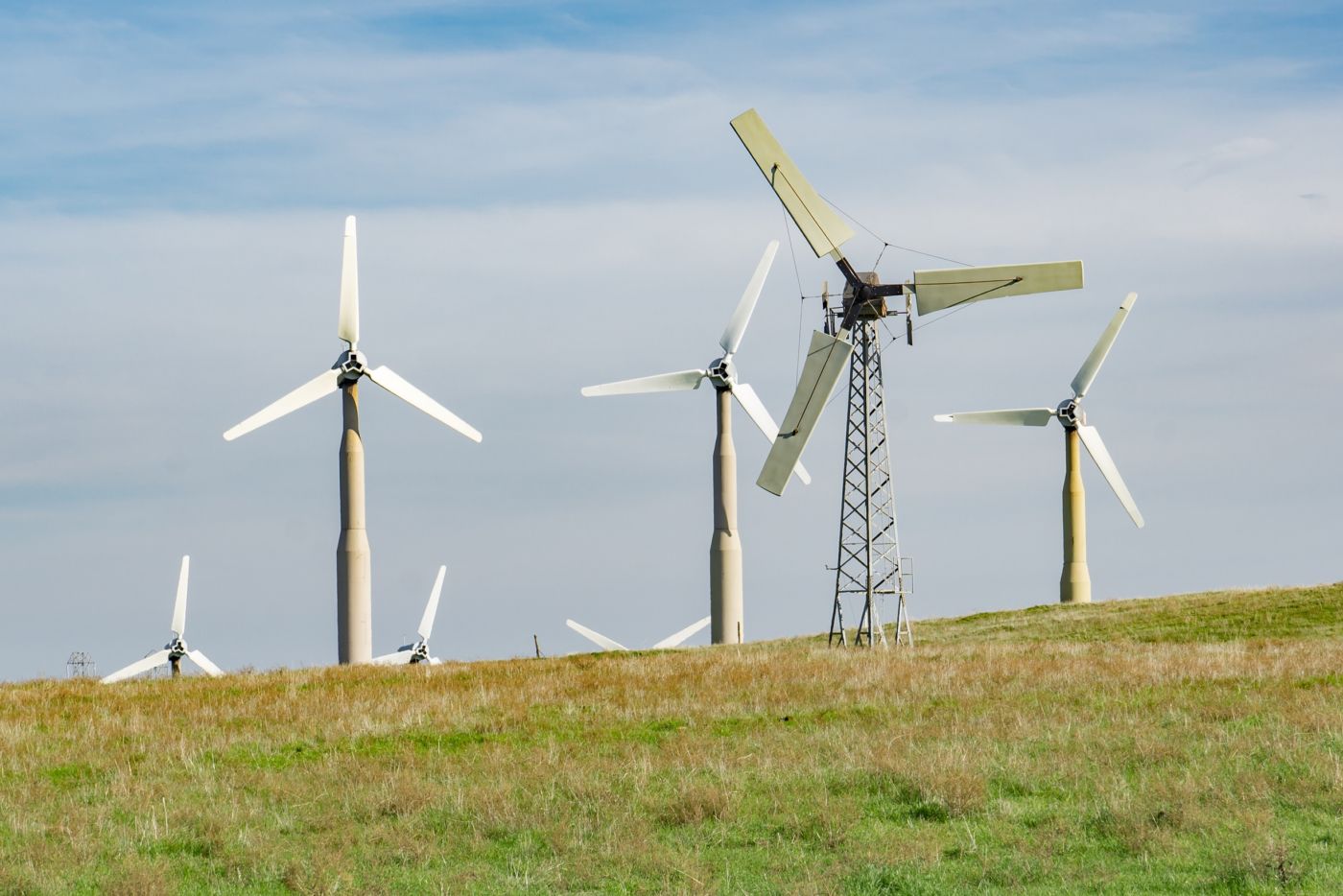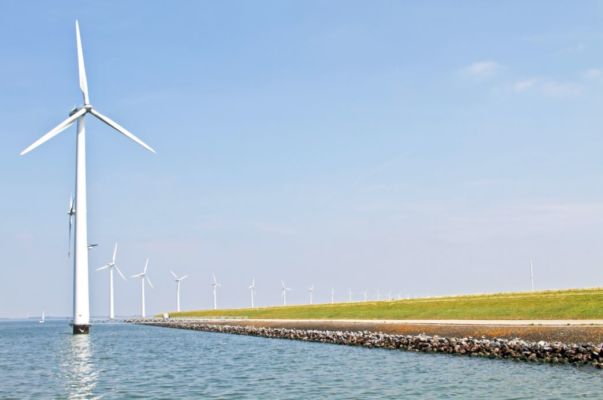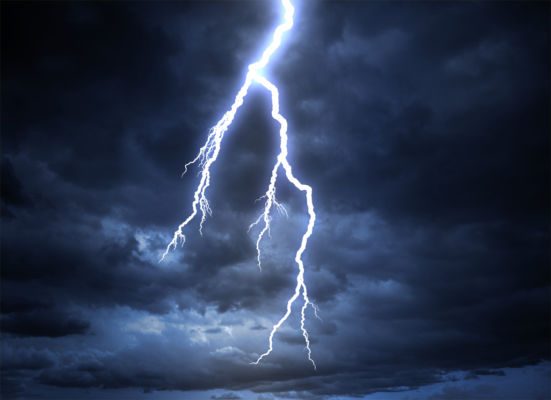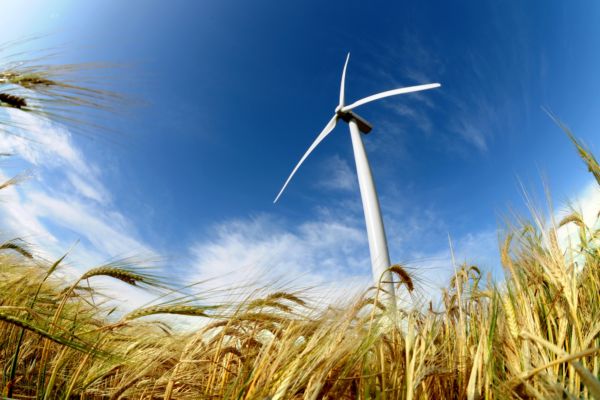A potential headache for operators
As a wind turbine ages, decision makers are faced with many potential issues that need resolving. Naturally, changes and advancements in technology can mean that particular parts have been discontinued. And even if the components are available, they may no longer be supported by the OEM or be under warranty. Moreover, due to market consolidation, the company that previously supplied the product or service may no longer exist.
With time taking its toll on machinery, reducing both performance and efficiency, it would be easy to assume that older models would be rendered obsolete. Fortunately, this often doesn’t have to be the case.
Aging turbines provide the industry with an opportunity
Older wind turbines potentially offer operators many benefits. Firstly, over years of use, they build up a clear and comprehensive understanding of a wind turbine. Whether this be maintenance requirements, machine behavior, or even simple functionality, operators become familiar with the machine and can confidently deal with, or even avoid, the typical issues.
Repowering: an increasingly attractive option
One particularly useful strategy is the concept of repowering older wind turbines. This is where worn parts of a turbine are replaced with newer, more effective components. Not only does this cost less than purchasing and commissioning a completely new turbine, it is also much quicker and easier to implement for operators. By upgrading turbines and benefitting from reusable parts, electricity can be produced more efficiently and cost-effectively.
However, it is important to have an effective strategy in place. Making use of service providers, such as OEMs or independent companies, is crucial in sourcing the right equipment and components for dated wind turbines. By evaluating and upgrading, operators can use the resources at their disposal to define a clear and economically viable strategy, an example being the aforementioned practice of repowering.
Manufacturers have an important role to play
It is not just operators that are becoming aware of the concept of profiting from older turbines. OEMs and spare parts dealers are moving with the times too, supporting operators in breathing new life into old machinery. SKF is involved in this trend too, offering engineering support and supplying bearings – meaning old turbines remain functional for many years to come.
The chance to get the most out of investment
Overall, despite the limitations to maintaining older wind turbines, renovation and reuse actually present operators with a significant range of opportunities. If they take the right approach, operators are able to keep their wind farms running without the need for major overhaul or purchasing completely new machinery. Not only does this save time, it is also cost-effective – benefitting both operators and renewable energy in general.



